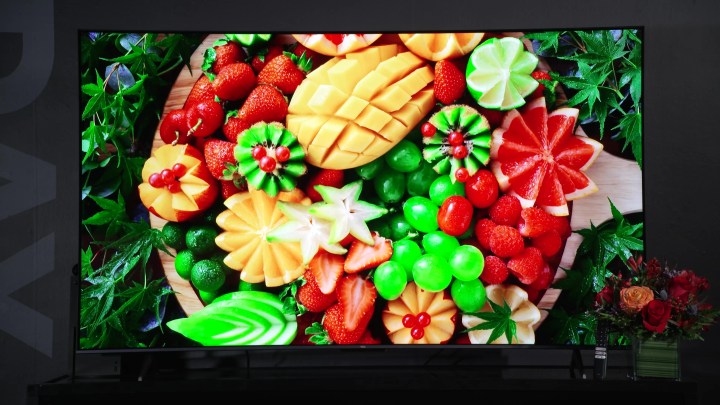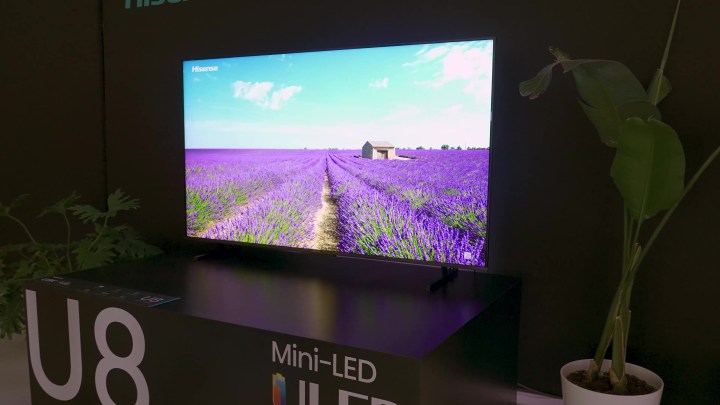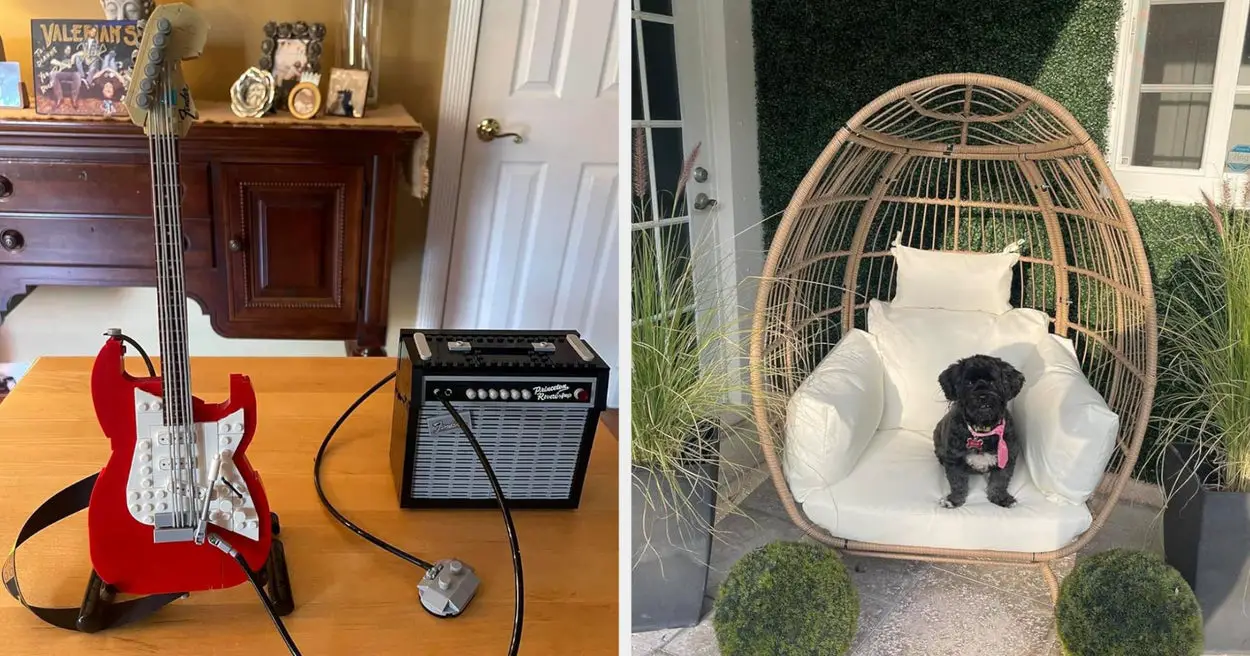If you had told me 20 years ago — or, heck, even 15 — that Samsung and LG were going to be the top TV brands in the U.S., I’d have laughed in your face. But I feel like I’ve learned to see the writing on the wall since then. And now I’m wondering: Are TCL and Hisense the next Samsung and LG?
If we take a look at TCL and Hisense’s 2023 TV lineups, their recently inked partnerships with huge national sports organizations, and their progress over the last five years in terms of both technological advancement and sales, I think there’s a strong argument in favor of TCL and Hisense becoming the top two TV brands in the U.S.
TCL in 2023
We’ll start with TCL’s 2023 TV lineup. You already know about the QM8 Mini-LED, right? If not, you have got to check out that TV. But what else does TCL have in store? Well, there’s the Q7, which, while not a mini-LED TV, does have a full-array local dimming backlight system, quantum dots, high brightness with 1,000 nits peak, and a slate of other desirable features. Plus, the 65-inch model, for price reference, is $1,000. Now, in case you don’t recall, last year’s 6-Series, the R655, was a mini-LED TV, and the 65-inch version of that TV sold for $1,000.
We could chalk what appears to be fewer features for the same price as a “new year, new TCL” move, which I’ll dig into a bit more shortly. But I think there’s more to it than that.
Moving along TCL’s TV lineup, the Q6 model is the next step down. It doesn’t have full-array local dimming, but it maintains fairly high brightness, supports all HDR formats, has some gaming-friendly features, and is generally an enticing-looking TV for folks who don’t have demanding standards. The 65-inch version of the Q6 sells for $700
“But Caleb,” I hear you say, “wasn’t the TCL 5 Series 65-incher less expensive than that, and it had local dimming?” Well, no. And yes. It was the same price, but the 5 Series did have local dimming.

Below the Q-Series, TCL has the S series, a slate of ridiculously affordable TVs, of which TCL will no doubt sell gobs and gobs. I think TCL is in a good spot to be No. 2 in the U.S. in terms of sales in 2023, if Hisense doesn’t beat it to the punch. But I understand why some folks might be thinking, “Hmm, the prices stayed the same, but we are getting less technology for those prices. What gives?”
Well, I think a few things are going on. TCL has changed its strategy a lot this year, but inflation and the economy are also big factors. Parts are more expensive, shipping is more expensive; costs go up, so prices go up. But, I’ll get back to the strategy part in a moment. Let’s take a look at Hisense for a minute.
Hisense lineup
Hisense also has a 6-, 7-, and 8-series this year. Come to think of it, Hisense has had a 6-, 7-, and 8- series for several years. So — is TCL copying Hisense? Well, let’s look at Hisense’s lineup.

We’ve got the U8K, which has mini-LED, at least 1,500 nits peak brightness, and quantum dots, plus it does all the HDR formats and has a legit 144Hz panel and an ATSC 3.0 tuner, along with a lot of other features. This TV is loaded. Unfortunately, we don’t know the prices on this series, so we don’t yet know how it will stack up, but if peak brightness is some kind of metric for where a TV should sit in a lineup, this kind of looks like it sits between TCL Q7 and Q8
Then there’s the U7K, which also has mini-LED and promises 1,000 nits, quantum dots, over 500 local dimming zones, native 144Hz panel, all the HDR modes, and an ATSC 3.0 tuner. Again, don’t know the pricing yet, but it looks like it competes with TCL Q7, but has more impressive specs on paper. Interesting.
And then there’s the Hisense U6K, which is — you guessed it — also mini-LED. It has (technically) 200 local dimming zones and peaks at around 600 nits. It’s also got a native 144Hz panel, Freesync Premium Pro, an ATSC 3.0 tuner, Wi-Fi 6 — this thing is just stacked, and I don’t know what it is going to cost. But it is kind of laughing at the TCL Q6.

Hisense is aggressive this year. It doesn’t really have an answer to TCL’s QM8, but it does have the insane UX TV (or U10 if you’re not into the whole Roman thing), which I expect will be more expensive than any Hisense TV we’ve ever seen before — and that’s if you can even get one.
Or, it is possible that mini-LED backlight without good zone controls isn’t any better than regular full-array LED and that Hisense just looks more aggressive in the backlight department on paper. We shall see.
Brand strategies
The bottom line is that I can see the shots being fired back and forth here. And that’s just with the TV products themselves. Now consider you have TCL leaning hard into its NFL partnership — you are now going to see the TCL logo all over NFL stuff, you are going to see NFL stars on all TCL boxes, and TCL is now going to be featured front and center at Best Buy.
Meanwhile, Hisense has partnered with the NBA and is all-in on that, so you’re going to see Hisense all over everything NBA, and I wouldn’t put it past Hisense to put NBA players on its boxes, though it could go the opposite direction and be super eco-friendly and put no graphics on its boxes.
2023 is going to be an insanely good year for anyone looking to upgrade their TV.
Regardless, it’s all aggressive, aggressive, aggressive.
And when we compare Sony, Samsung, and LG LED TVs’ performance and prices, TCL and Hisense are going to undercut their competition like they always have — it’s just that the performance differences among the brands are getting tighter and tighter.
It kind of reminds me of what Samsung and LG did 15 years ago. They got aggressive, they put out increasingly good TVs while keeping their prices low, and they slowly built trust with customers. They grew and grew, and now they’re at the top. I remember when LG was Goldstar (we had a Goldstar air conditioner). When we shopped for TVs back then, it was Toshiba, JVC, Panasonic, and Sony. Well, two of those brands are just licensed out, Panasonic doesn’t sell in the U.S., and Sony is all-premium now, so it is content to sell on quality as opposed to quantity.
Moving on up
I think TCL and Hisense are making the moves this year. This is where it starts. Now, TCL and Hisense do face some challenges with regard to building trust. And there could be political implications, though there haven’t been so far. But barring a factor we’ve not seen in the past, I think TCL and Hisense are going to enjoy way more mindshare and trust in the U.S. than they have now, even just next year. And it’s only going to grow.
For now, though, I can not wait to get these TVs in. I want to test the 6-, 7-, and 8-series from both Hisense and TCL. We’re going to see what’s what this year. In the meantime, keep your eye on these brands.
One thing is absolutely certain, though — 2023 is going to be an insanely good year for anyone looking to upgrade their TV.
Editors’ Recommendations
Source link










Leave a Reply